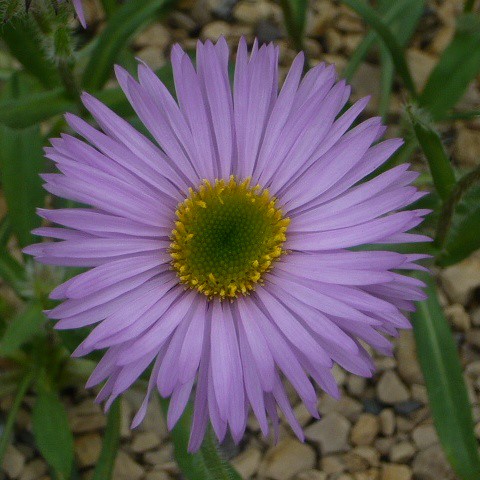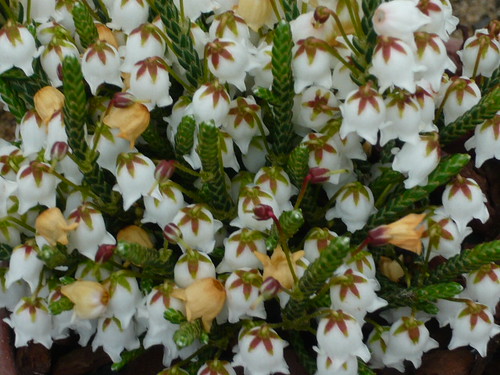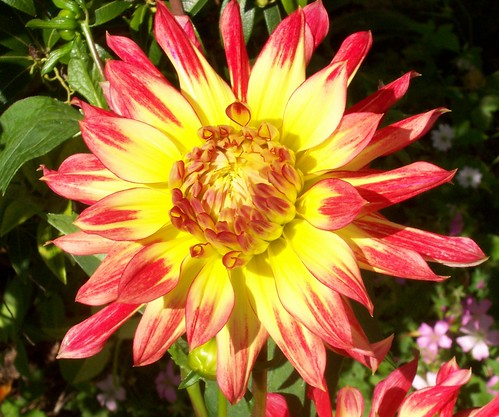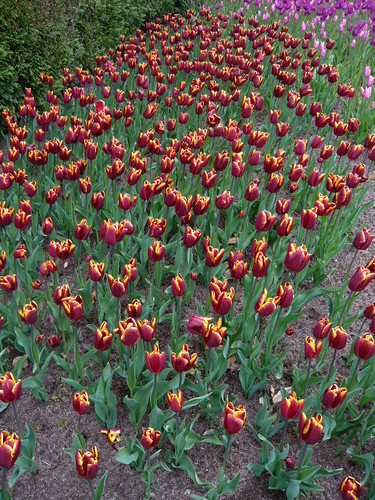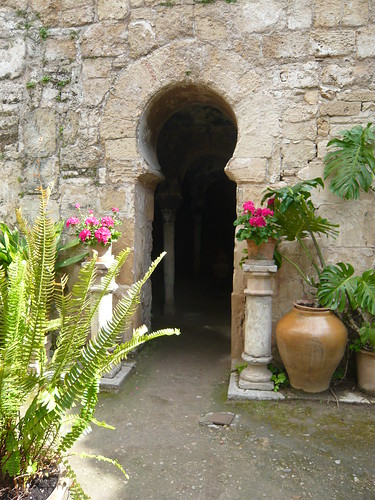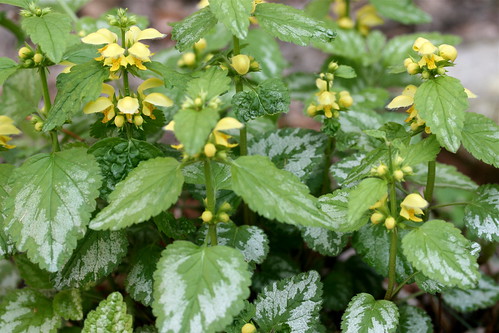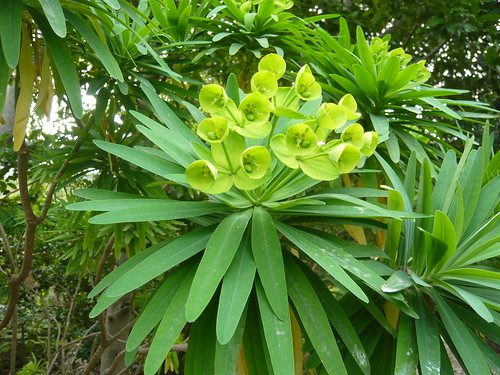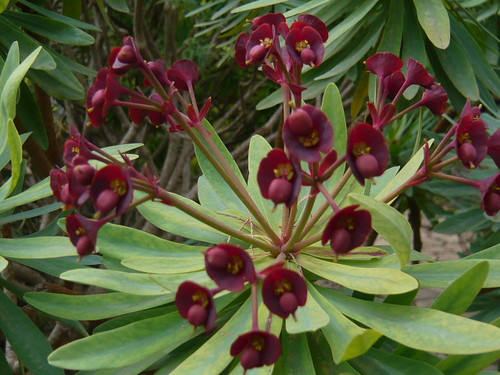Growing Corydalis for Colour and Fine Foliage
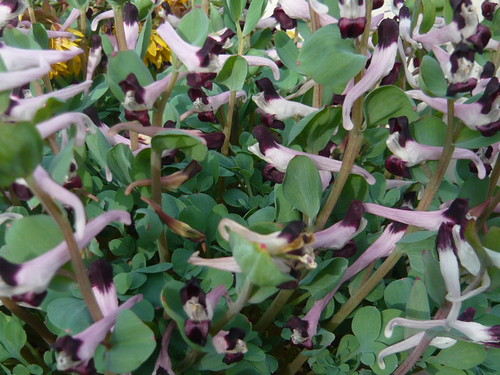
Corydalis popovii is a small bulbous plant flowering up to 6 inches in height. In spring it assumes a white colouring after the purple flowers. This plant comes from Central Asia and is easy to grow and long-lived in a well-drained compost in a pot.
They can be grown in the open garden in full sun and freely drained soil.
Fertilize with a specific fertilizer for bulbous plants, every 2-3 weeks, from when the first flowers start withering.
Corydalis plants don’t like cold temperatures or wet conditions and need a rest period before being brought back into growth.
Corydalis wilsonii arrived from it’s native china comparatively recently.
It is a compact herbaceous plant with light green leaves.
It flowers on errect spikes, 1″ long, in a deep yellow during late spring.
This variety is suitable for growing in pots.
I have just bought a Corydalis Kingfisher from the local AGS meeting. Kingfisher has blue flowers with a hint of green from March to Aug and is only without flowers when dormant during winter.
Alpine Species
…

